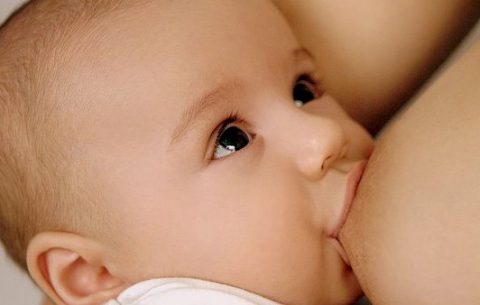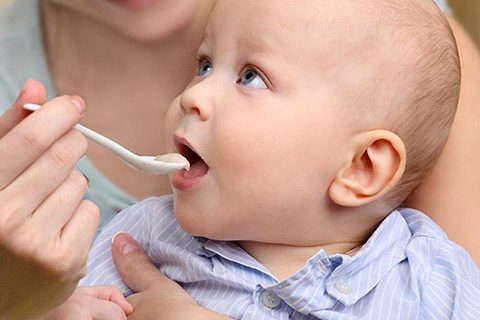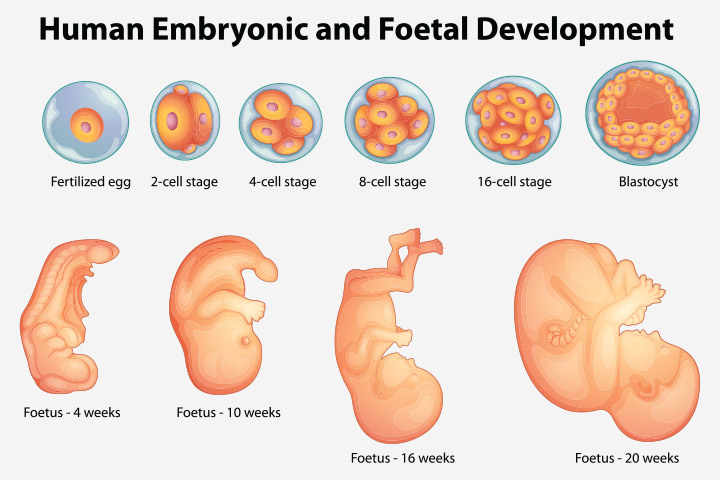Safety check for baby equipment
Part of being a responsible parent is baby proofing your home and making sure that all the spaces and furniture and toys your baby comes into contact with are safe. This can be a big job, with so many different rooms and items to think of and with so many supplies and pieces of equipment to purchase or borrow. Here are a few guidelines for evaluating the safety of the things your baby spends the most time in and with – besides you!
Your carrier seat should have a wide and sturdy base, non skid feet, a crotch and waist strap for your baby, buckles and straps that are easy to use correctly, and a supporting device that locks securely. It should never be used as a car seat.
Your car seat must be correctly installed and used in order to effectively protect your child. Read the directions and practice installing the seat before your baby arrives. You should also read your vehicle owners manual, which may provide guidelines for the use of car seats in your car. Make sure to put your child in a car seat appropriate to their weight and height, and use an infant seat or a rear facing car seat for your baby until they are at least twenty pounds and one year old.
Your back carrier should have a restraining strap, leg openings small enough that your baby cannot slip out of them but large enough to prevent chafing, and a frame that has no pinch points and is covered by padding as it nears your babys face. Do not use your back carrier until your baby is four or five months old and able to withstand jolts.
Your baby’s stroller or carriage should have a wide base to prevent tipping, seatbelts and crotch straps that are securely affixed to the frame, strong wheel brakes, a shopping basket that is low in the back and directly over or in front of the rear wheels, and leg openings that can be closed while in a carriage position.
Your baby’s walker should have a wide wheel base, covered coil springs, a seat that is attached securely to the frame or walker, and no x-frames that might pinch your baby’s fingers.
Your baby’s bassinet or cradle should have a wide base and sturdy bottom, smooth surfaces, a firm and snug mattress, and legs that lock reliably and firmly. Also: make sure to move your baby from the bassinet or cradle into a crib as soon as their size and weight approach the maximum allowed.
Your baby’s crib should have slats no more than two inches apart, a mattress that fits snugly, a mattress support securely attached to the headboard and footboard, corner posts no higher than one-sixteenth of an inch, drop side latches your child cannot release, well secured screws and bolts, and no cutouts in the head or footboard that your baby could get their head stuck in. If it is painted, make sure that the paint is lead free. Do not to position your crib near drapes or blinds with cords that could pose a hazard to your child. As soon as your baby is 35 inches tall or can climb or fall over the cribs sides, it’s time to move them to a bed.
Any toys you give your baby should not have strings with loops or openings with perimeters of more than 14 inches, strings or cords longer than seven inches, or pieces that could be swallowed.
Rattles, squeeze toys, and teethers should be too large to get lodged in your babys throat. Rattles should be sturdy enough not to break and squeeze toys should not have squakers that could detach and choke your baby. None of these should be left with your baby while they are sleeping.
Your toy chest should not have a latch, but should have ventilation holes and a spring loaded lid support that will hold the lid in any position.
Your baby’s pacifier should not have any ribbons, strings, or yarn attached and the nipple should not have any tears or holes. Make sure that the shield is large and firm enough not to pop into your baby’s mouth and that it has ventilation holes so that if it does make its way into your baby’s mouth somehow, your baby can still breathe.
Your playpen, if it has mesh, should never be left with the drop-side down and should have mesh of a very small weave with no tears and a secure hold on the top rail and the floorplate. The top rail should also be free of tears or holes. A wooden playpen should have slats no further than two inches apart, and if staples were used in the construction of your playpen, make sure they are well installed and all present and accounted for.
The changing table should have safety straps and drawers and shelves that you can get into easily to get everything you need without having to leave your baby.
Your bath rings or seats should have suction cups that are securely fastened and can attach themselves to the surface of your tub without slipping. Even with a bath ring or seat, remember never to leave your child alone or with a sibling while in the tub.
Gates should have too small an opening for your baby’s head and a pressure bar or other fastener than can resist your child’s weight and pressure. Do not use an accordion style gate.
Your baby’s high chair should have waist and crotch restraints independent of the tray, a tray that locks securely, a wide and stable base, caps or plugs on the tubing that your child will not be able to detach, and, if it is a folding high chair, an effective locking device so that it won’t collapse with your child in it. As with all the restraints on your baby’s seats, stroller, and other equipment, make sure that the high chair restraints are easy to buckle, and in use them at all times.
If you have a hook on chair, it should have a restraining strap, a trustworthy clamp for locking onto the table, and caps or plugs on the tubing. Never place the chair where your baby can push off with their feet, and don’t leave your baby unattended while in the chair.
If any of your baby equipment does not meet these standards, find out if the missing or unsafe parts can be replaced or if the breaks or cracks can be repaired without creating a new hazard. Usually, the answer is no.






